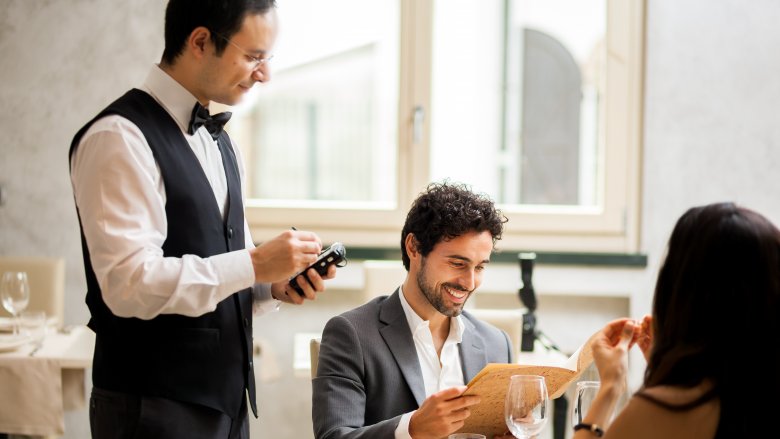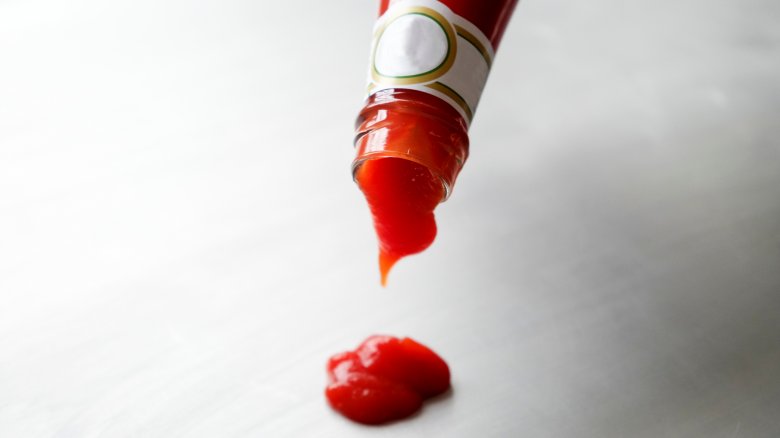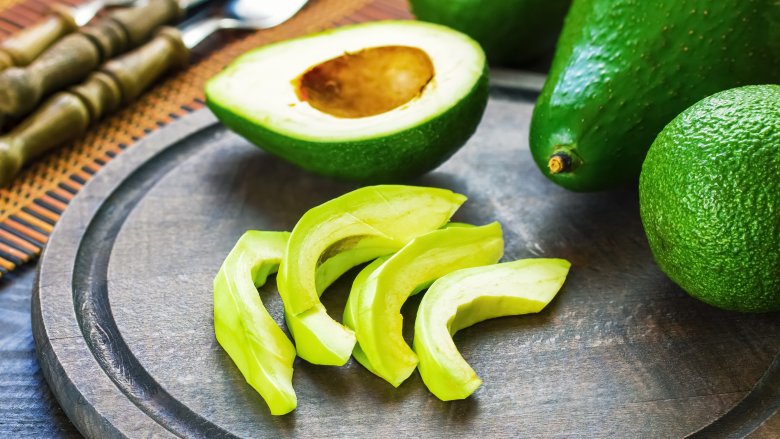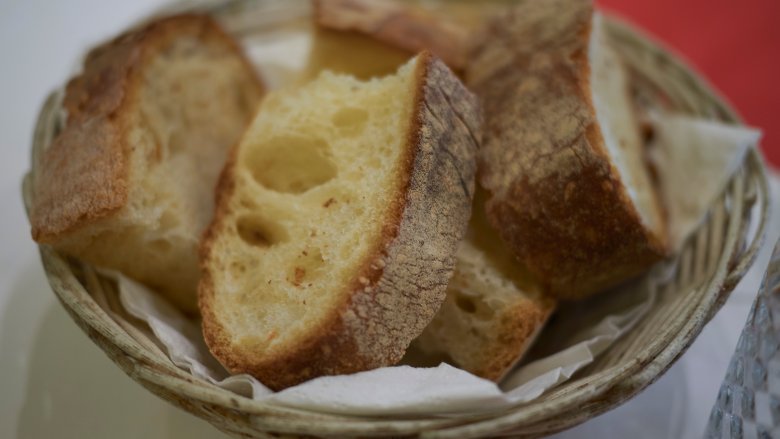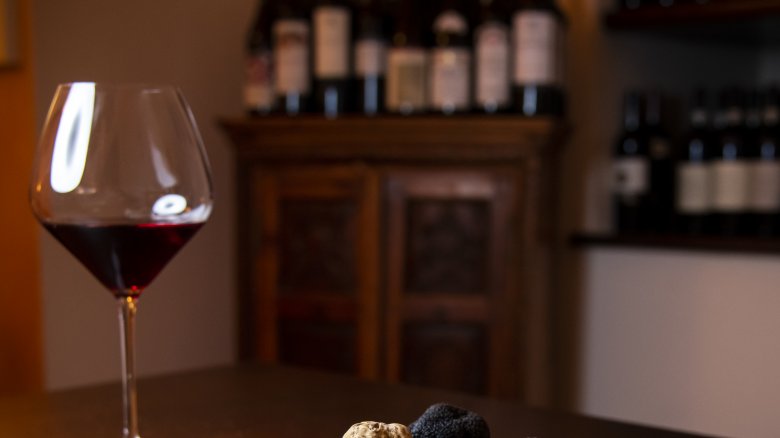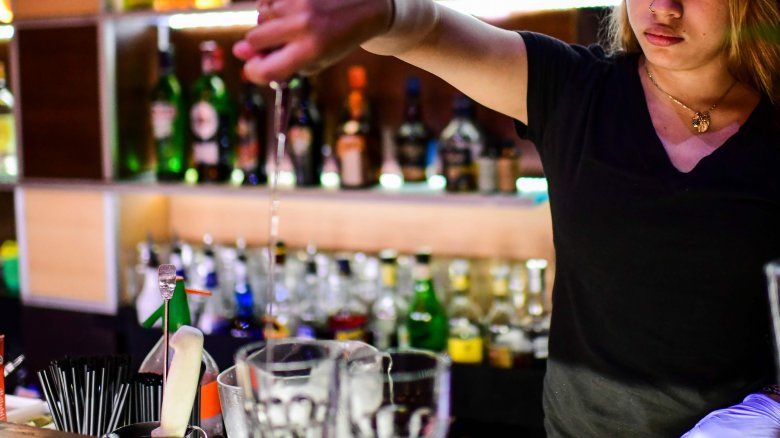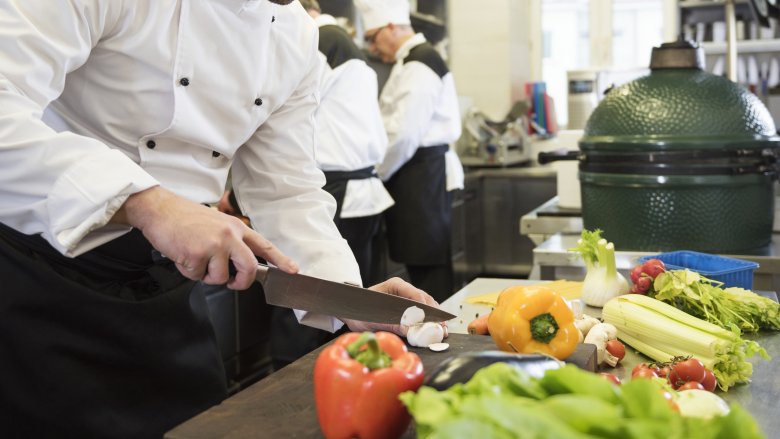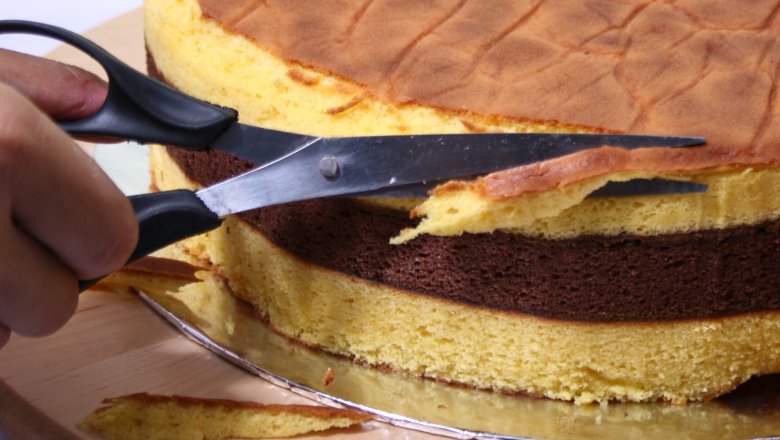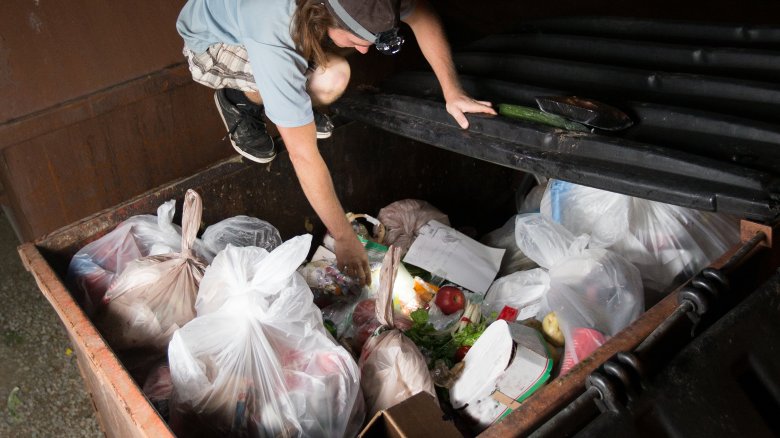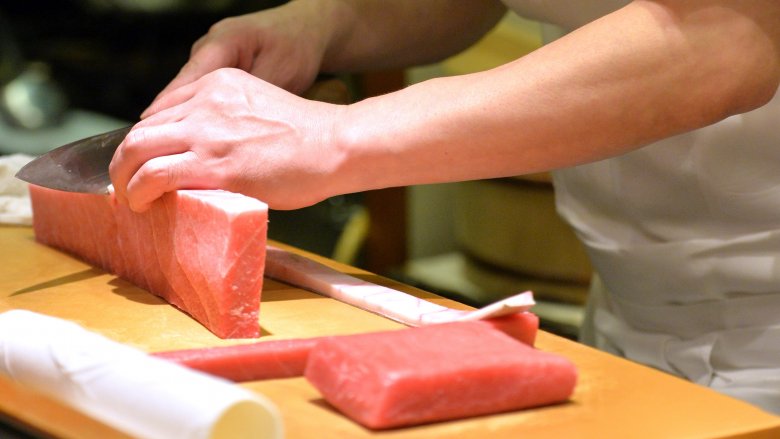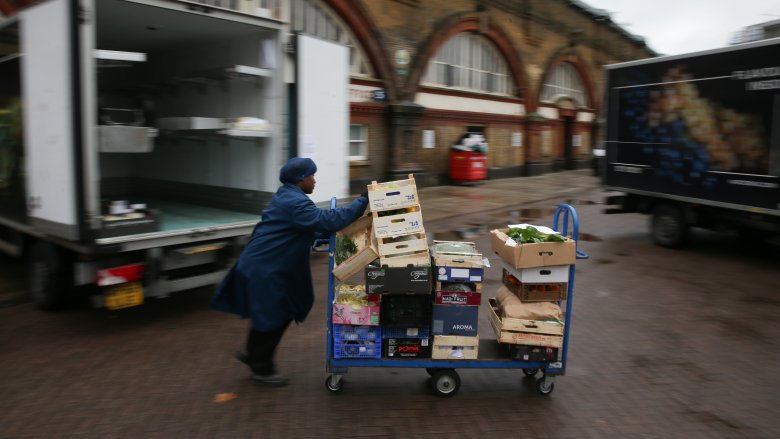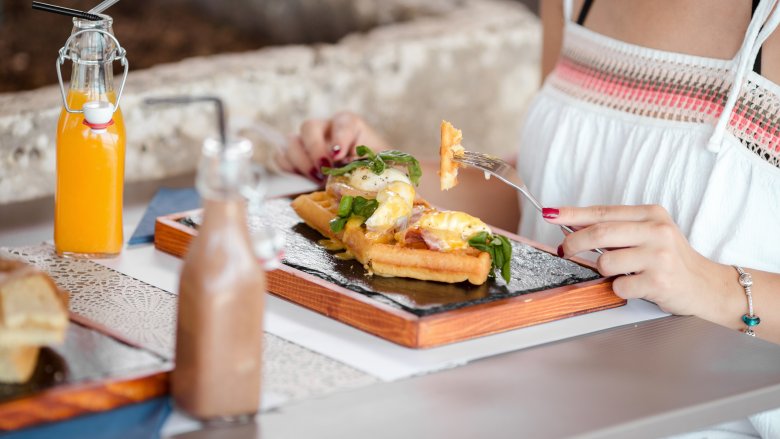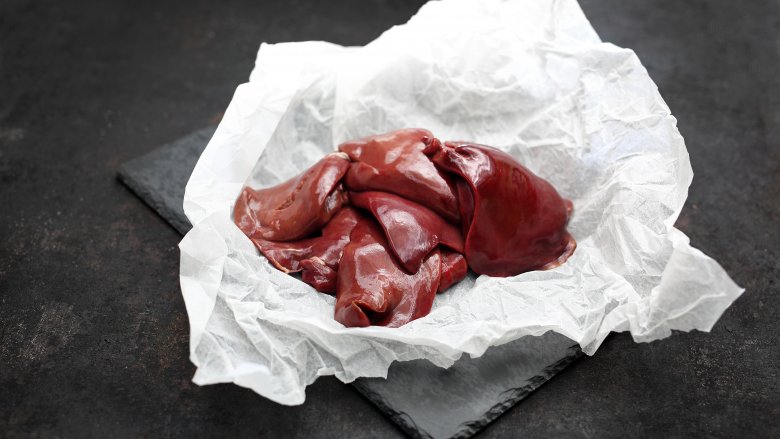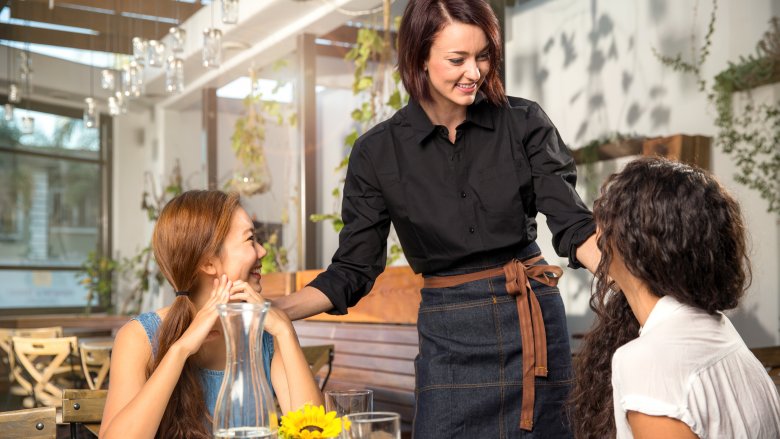Secret Ways Restaurants Save Money
When you think about it, going out to eat is a real leap of faith: You're trusting that your server hasn't coughed (or worse!) into your food, that the line cook washed his hands before forming your hamburger patty, and that the dishwasher has properly sanitized the plates you're eating on.
And from the restaurant's perspective, they're also banking on the hope that their customers won't dine and dash, or that they won't post nasty reviews just because a server mixed up an order.
Diners are also trusting that their favorite establishments won't resort to unscrupulous practices or cost-cutting measures just to increase their profits. After all, it's a hard business: 80 percent of restaurants go out of business within 5 years, and 60 percent don't even make it past the first year. Even if they do succeed, the average profit margin of a restaurant is only 6.2 percent because, don't forget, there are a whole a lot of expenses to juggle: rent, staff, insurance, inventory, and equipment. And then there's the food, with its fluctuating prices, frustrating perishability, and varying amounts of yield. It's no wonder a restaurant wants to save money when it can.
Many restaurants increase their profits through little tricks, cost-saving swaps, and other methods... some smart, some not not-so-scrupulous. In most cases, the customer is none the wiser. Read on so you know what signs to watch for that a restaurant might be trying to save a buck — possibly at your expense.
Restaurants refill old condiment bottles to save a few dollars
As you shake the red gold from that bottle of Heinz Ketchup onto your burger, there might be a reason the mouth of the bottle looks more than a little gunky. Some restaurants are guilty of marrying condiments, the process of using half-full bottles to refill others, or topping off the half-used bottles with a few pumps from a bulk container, After all, a gallon-sized bottle of ketchup is much cheaper to a restaurant than buying individual, smaller-sized bottles, and they can save more money by buying a generic brand to put into their name-brand bottles. The problem with this is that the ketchup can start to ferment after awhile, and there's also no telling how old the contents of the bottle is. Those in the industry say that the practice isn't technically against health code violations, provided the bottles are completely washed and sanitized before refilling... and, of course, you should refill the bottles with the same brand that's on the label.
It's not just the ketchup and mustard, either. Restaurants might even smooth out a dish of already-served butter to make it look fresh before sending it back out with the next guest's bread basket.
Restaurants charge premium prices for add-ons
Paying extra for a slice of avocado on your sandwich is pretty standard these days, so much so that it's even the punchline of a T-shirt. But that's not the only extra with an upcharge. In many restaurants, it's not uncommon to pay for the slice of cheese on your cheeseburger, more toppings on your pizza, or a different kind of protein on your salad. One investigation found just how much customers are being ripped off for these little extras. After all, that slice of cheese on your burger might only cost the restaurant around 29 cents, but you're being charged $1.50. That's a 417 percent markup — not a bad way for a restaurant to pad a bill. And we all know that a whole avocado only costs around $1.50, which is about what you might pay for just a slice or two on your taco. Then again, restaurants have complained that they lose money every time someone adds guac to their burritos, even with the extra charge. How could that be? The price of a case of avocados can fluctuate wildly, and because of the big, heavy pits, and how perishable this food is, kitchens often end up throwing out a lot.
Restaurants reuse leftover bread
Ever wonder what happens to the rest of the bread that you don't eat from the bread basket at your table? Some restaurant insiders insist that the bread that comes back to the kitchen is re-warmed and served to other guests, and even Anthony Bourdain claimed this was a common practice. This could be a recipe for food poisoning when you consider that germs could be spread from guests touching the bread even if they don't end up eating it all out of their basket.
In more respectable establishments, leftover bread that was once on someone's table is thrown away, but that doesn't mean they don't use up the bread that never makes it out to the dining room. Bread loses its freshness fast, but any good chef knows that stale bread is good for a number of things, including breadcrumbs, French toast, and stratas. So next time you see French toast on the menu, you know the kitchen had a lot of bread to get rid of.
Restaurants mark up bottles of wine by 200 percent... or more
Do the math next time you order a glass or bottle of wine at a restaurant, especially if it's a bottle you often buy at your neighborhood wine shop, and you'll realize just how much extra you're paying for it. The numbers will likely horrify you.
Restaurants have an unwritten rule for wines by the glass: The price of a single glass of wine should be enough to cover the cost of the whole bottle. A restaurant could argue that they might end up wasting the rest of the bottle if it goes bad before someone orders the rest of it, and also factored into the price of a bottle is the restaurant's cost of glassware, bar staff, and, for restaurants that age their bottles onsite, the cost of that storage and the expensive climate-controlled wine cellars. But do those extra expenses really account for markups of as much as 600 percent?
Cocktails carry a similarly inflated price, with markups of an average of 200 percent. Of course, some of this price might be offsetting pricy liquor licenses, which can set an establishment back as much as $400,000. Want to get really steamed about how much you're paying for those drinks? Before you order your next gin and tonic, use a cocktail calculator which shows you the real price of how much it costs to make a mixed drink, and then compare it to what you're paying at your local watering hole.
Restaurants knowingly serve weak cocktails
There are lots of ways restaurants save money behind the bar, usually by giving customers a little less than what they think they've ordered. They might dramatically pour the liquor bottle from up high, making for a great show but shortchanging you a full shot in the process. Other dishonest bars and restaurants might slightly dilute the contents of their liquor bottles, or refill top-shelf liquor with a cheaper version. And, of course, while it's nice to drink an icy-cold cocktail, chances are the restaurant is filling your glass with as much ice as possible so they don't have to use as much alcohol to make your drink. Some places even deceive their customers into not noticing their weak drinks by filling the bottom of the straw with booze so that first sip is a strong one... after that, you're not likely to notice so much if your drink is a little watery because your taste buds are in shock.
Restaurants use the same ingredients in many menu items
Ever notice how many times a certain ingredient pops up on a menu? Maybe spinach makes an appearance in a salad, sautéed as a side dish, and pureed into a soup. Or shrimp might be served up battered and fried as an appetizer, but also served grilled with mango salsa and a bed of couscous. Other restaurants might offer the same side dishes with a number of their entrees. Well, there's a good reason for that: The restaurant is trying to save money by simplifying its ordering process and making sure that highly perishable foods will be used frequently, before they spoil. It's a trick called cross-utilization, and restaurants use it often. At a good restaurant, the chef will be so creative you won't even notice the redundant ingredients. But, if you start feeling like everything you order at your usual bistro tastes the same, they might be overdoing it a bit.
Restaurants repurpose food
As with cross-utilization, restaurants also try to make the most of their food buys by reusing them instead of throwing out extras. Don't worry, we're not talking about scraping the leftovers off a guest's plate to use elsewhere. Instead, they're doing things like using up extra sauces in the kitchen or repurposing leftover ingredients from last night's special. Restaurateurs are touting it as part of a zero-waste movement that's helping to reduce the environmental impact of tossing out food trash, but there's no doubt that the practice also helps an establishment by keeping its food costs down. One San Francisco restaurant steeped used coffee grounds in buttermilk (itself a byproduct from their house-made butter), then used that to make crème fraiche that served as a sauce for peas. Another restaurant's pastry department slices off the tops of cakes to make them level before icing, then makes crumbs from the trimmings to use as a garnish.
Restaurants dig through the garbage to see where they can save money
The dumpster holds many secrets to how much a restaurant is overspending. In fact, the founder of one restaurant chain will routinely dig through the trash at his restaurants to see the food that's ending up there, both from what's being scraped off diners' plates, and the trash that is coming out of the kitchen. If he sees lots of french fries, or a frequency of mostly uneaten chicken breasts, he knows that the restaurant can serve smaller portions of fries, and that it needs to change up its chicken recipe to make it a little more appealing. The dumpster dive also might reveal if the cooks are being careless with their meal prep by throwing out usable foods: For instance, they might be able to be a little more careful not to trim so much meat off the steaks as they're cutting away inedible fat, or make sure to use all of the vegetables they're prepping. It's a dirty job, but someone's gotta do it... and it could save a restaurant lots of money in food costs, as well as reducing their garbage-hauling bill.
Restaurants pull the bait-and-switch with fish
When you order a special fish, like toro or halibut, at the sushi bar, you might not be getting the high-end species you're paying for. Too bad you don't have a portable DNA kit. A group of researchers tested the fish at several sushi restaurants in Los Angeles to make sure it was the type that was advertised on the menu, and to their surprise, they discovered that some restaurants were replacing these exclusive offerings with similar, but lower-end, species, while continuing to charge top dollar for the more prestigious offering.
And it's not just sushi restaurants in Los Angeles. A study by Oceana revealed a nationwide seafood fraud problem, with one in three samples mislabeled. In some cases of fish switchery, restaurants have been found to be serving a fish called escolar, which is known to cause serious digestive issues, instead of the white tuna listed on the menu. This doesn't just happen with fish: Fancy restaurants have been busted for touting rare and exclusive Japanese Kobe beef on their menu, when it was really a slightly less prestigious type of beef.
Restaurants save money by buying convenience foods
When eating out, you probably assume that the kitchen is making everything from scratch, such as their french fries, dinner rolls, and even desserts like tiramisu. But many restaurants have come to realize that it's cheaper to just order certain pre-made foods from their distributor. If you've ever been to a restaurant-supply store and taken a peek inside the freezers, you'll know that a restaurant can order heat-and-serve versions of many things, from chicken cordon bleu to chocolate chip cookies. Condiments, such as salad dressings or gravy, might also be cheaper and more efficient for a restaurant to simply buy ready-made. It saves them money on labor (ever had to hand-cut 10 pounds of potatoes into sticks?), and also minimizes food costs since there's no waste. Some of the most common processed foods that restaurants serve include anything battered and fried, filled pasta like ravioli, and many desserts, so if you're looking for a from-scratch experience at the dinner table, steer clear of those, or ask your server if they're made in-house. After all, if you wanted to nosh on frozen fries, you could've stay at home.
Restaurants serve breakfast and brunch to make a quick buck
To most of us, brunch is a lazy way to spend a Sunday with your boo and the New York Times, but to a restaurant, this meal can be a cash cow. Breakfast and brunch can be among the most profitable meals, mainly because the ingredients used to make the menu items are cheap, and they can mark them up pretty substantially. A dozen eggs cost under $4, while a two-egg dish can easily sell for $10 to $15 — just add hollandaise sauce and an English muffin. It's also a chance for a restaurant to use up ingredients from dinner service that would otherwise go to waste — after all, pretty much anything can be folded into an omelet. While you might pay a few bucks for an egg sandwich at a fast-food restaurant, nicer restaurants have discovered that diners don't mind paying lots more for virtually the same thing. This type of meal is also one that doesn't require too much labor or prep work: Frying an egg or flipping pancakes can be delegated even to the less-experienced line cooks.
Restaurants use every part of the plant and animal
To really get their money's worth on their food orders, chefs are increasingly trying to maximize the yield from their ingredients. When it comes to meat — say, a whole cow or pig — this can have interesting results. In addition to the traditional steaks and chops that you've come to expect on a menu, you might see oxtail gravy, liver mousse, crispy pigs' ears, or grilled hearts. Serving these unconventional animal parts has been deemed the "nose to tail movement" by foodies, and like the aforementioned zero waste concept, it's a way to minimize waste and be more environmentally responsible. But undoubtedly, it's also a way for a restaurant to save money by making the most of its butcher orders.
And it's not just unusual animal parts that are being utilized. Fruit and vegetable trimmings that were previously pitched, such as orange peels and carrot tops, are now being put to use in restaurant kitchens. One restaurant makes pesto out of strawberry tops, while another uses seeds from squash in its granola.
Restaurants play with your mind to get you to spend more
There are some well-known psychological tricks that many restaurants employ to both help them save money and to steer you into spending more. Some of it has to do with menu design: Eliminating dollar signs from the prices takes the focus off that number, and putting prices immediately after the description, rather than formatted in a row across from the menu items stops customers from scanning the list and choosing the cheapest. Pricey items are often used as a decoy, so that lower-priced items (which still cost plenty) seem more like a bargain in comparison.
Of course, many a server knows a few tricks to help their restaurant pad the bill. They might be able to chat up a menu item of which the kitchen has an excess, or sweet-talk their table into ordering an extra appetizer or dessert. Chances are, a friendly server will flatter you into spending more than you've expected, but you'll still leave happy that you had such a great experience.
